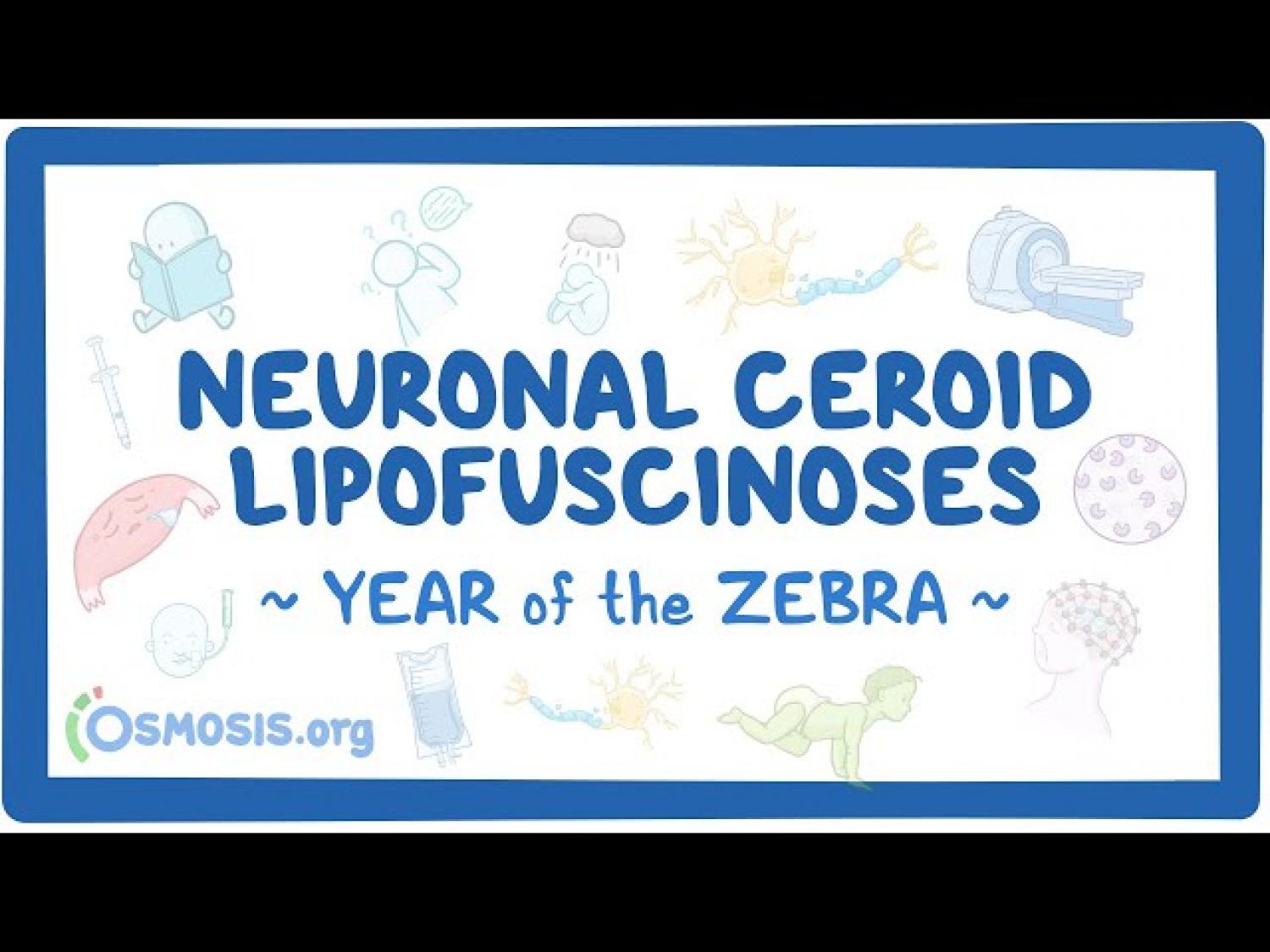
Rare Disease Education: Batten Disease
Editor: Kelsey LaFayette, DNP, RN, FNP-C
"When you hear hoofbeats, think of horses, not zebras,” is a common saying in medical education that means you should think of common conditions first, instead of rare ones, in making a diagnosis. “Rare” is a relative term though and about 7,000 rare, or "zebra," conditions affect more than 350 million individuals worldwide. Although these conditions collectively affect an enormous number of people, each of these conditions individually is rare enough that it can be difficult to secure the resources to study them and to develop treatments and cures. Likewise, awareness of rare conditions may be low and health care professionals may not be familiar with their signs and symptoms making it more difficult to reach a correct diagnosis and provide effective treatments.
To increase knowledge about rare conditions, Osmosis and the National Organization for Rare Diseases (NORD) have collaborated on an initiative to bring education and awareness to the public. We are excited to be a part of this initiative because we believe everyone deserves quality health care, no matter how rare their condition.
Zebra of the Week: Batten Disease
We may think of ourselves as a tower being built up, adding new milestones, skills, and achievements with the steady passage of time. Some of the most intense periods of construction are the childhood and teenage years. Yet, what happens when your efforts are progressively, inexorably undone?
In Neuronal Ceroid Lipofuscinoses, also referred to as Batten Disease, previously healthy children or adolescents progressively develop symptoms such as vision loss, dementia, seizures, and movement disorders. Unfortunately, progressive neurological and mental degeneration usually leaves affected individuals bedridden and eventually results in life-threatening complications by the twenties or thirties.
Batten Disease comprises a group of lysosomal storage disorders characterized by the abnormal accumulation of a mixture of lipids and proteins inside cells and an inability to clear them, causing the symptoms. It is autosomal recessive and occurs in approximately three in 100,000 births.
To learn more about the diagnosis and treatment of Batten Disease, watch the dedicated Osmosis video on YouTube and Osmosis.org.
Meet Christiane
When Christiane was starting to read in kindergarten, she started bringing the book closer to her face to be able to discern the words. That was the start of her rare disease journey with Batten Disease. Christiane and her parents have taken what they have and pushed the boundaries of science to set every patient on a path to the cure. Watch them tell their inspirational story above.
Organization Taking Strides
The Beyond Batten Disease Foundation was established in 2008 to eradicate juvenile Batten disease by raising awareness and funds to accelerate research for a treatment or cure. They have since then been joined by numerous Batten Disease family foundations to multiply and coordinate efforts. They are a trusted source of information on Batten Disease for patients and provide a platform for families to share their story. The Beyond Batten Disease Foundation is spearheading a cohesive strategy for scientific research and supporting it with grants, funds, and advocacy. They also regularly hold fundraisers and education events. Visit their website to discover how you can provide support.
More Information on Batten Disease
